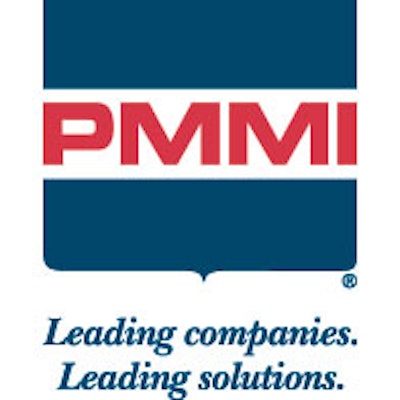
“As the machinery can do more, the end users want more from it,” says Jorge Izquierdo, vice president, market development, PMMI. “Not surprisingly, the ultimate goal is to maximize uptime. As components of that goal, end users are asking for communications solutions that track and diagnose slowdowns and downtime, and to correct operational problems once they’re diagnosed whenever possible.”
Packaging professionals participating in the study, representing 30 end users, 14 OEMs, and 19 other industry professionals, identified four primary challenges to advancing machinery communications:
Adopting a standard programming language. Integrating legacy equipment without a common protocol is difficult, and packaging professionals are pushing for a standard, such as PackML (packaging machine language) — a common set of definitions and terms for use in designing machinery and applications. The need reaches into the global arena, Izquierdo notes. “Global standards may be necessary for machinery communications standards moving forward,” he says. “We see differences among multi-national standards for safety, power, voltage, frequency, documentation labeling and language. Many in the industry want that to change.”
Manufacturers want more data collected. The more they know about operational efficiency, the better. End users use data on uptime, downtime, product give-away and production rates most often to calculate overall equipment effectiveness (OEE) and plant performance. Typically, they collect the data through a human-machine interface (HMI) such as a video screen or a controller. Then it’s communicated up through a network to a higher-level system that reads the value and responds to the data, resetting the machine if necessary.
Educating engineers . To maximize uptime, workers must know how to maintain the machinery and troubleshoot operational issues. Unfortunately, many current machine engineers are not fully versed in the operation and maintenance of emerging machine communications technology. Nearly two-thirds (61 percent) of end user respondents reported looking to their suppliers for training and education. Maintenance engineers entering the industry have also their problems. They have little-to-no knowledge about integrating the legacy systems and the new machinery communications technologies. “Clearly, there’s a knowledge gap,” says Izquierdo. “The industry needs to examine how packaging companies and their suppliers will address it.”
Ensuring the security of external communications. End users know that optimizing uptime requires a freer flow of information, but fear unintentional and unauthorized access to areas that could cause machine failures or safety problems. The 43 percent who allow remote access from non-staff limit it to trusted vendors under contract—sometimes requiring the vendor to sign a confidentiality agreement. Isolated phone lines, a secure virtual private network and redundant Ethernet cards that separate the plant network from the machine network can also improve the situation.
As new solutions emerge to address the challenges of machine-to-machine and other machinery communications, it’s difficult to pinpoint the force behind these advancements—whether it’s the end users, the automation technology providers or the OEMs. No matter where the change is coming from, the area of machinery communications technology continues to grow, and that will be most evident at Pack Expo Las Vegas 2011 (September 26-28; Las Vegas Convention Center), where packaging equipment suppliers will showcase the latest advancements in internal, M2M and external innovations.
The “Machinery Communications—Trends & Challenges” whitepaper can be downloaded at PMMI.org (under Research & Trends), or contact Paula Feldman, director of business intelligence, at [email protected], phone: 703/243-8555. PMMI members can also download the complete study.


























